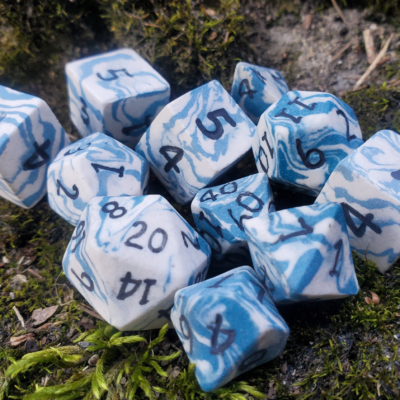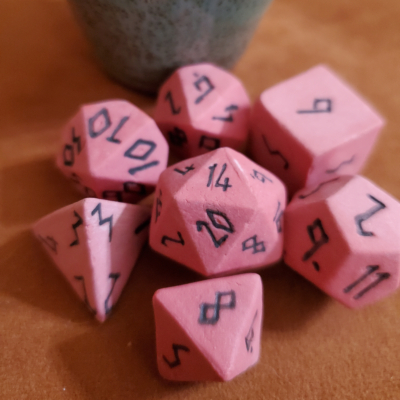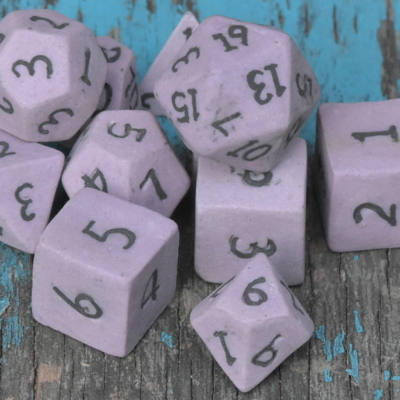Creating a Campaign with Non-Traditional Themes
Embarking on a new tabletop RPG campaign is always an exciting endeavor. While classic fantasy settings are timeless, sometimes it’s refreshing to explore non-traditional themes that can offer new and exhilarating experiences for both players and dungeon masters. Whether you’re a beginner or a seasoned veteran, this guide will provide you with tips and tricks to craft unforgettable campaigns with unique settings.
Why Choose Non-Traditional Themes?
Diversifying your campaign setting can invigorate your game by introducing fresh challenges and narrative possibilities. It encourages creative problem-solving, offers diverse role-playing opportunities, and helps prevent burnout from conventional storylines. Some popular non-traditional themes include steampunk, post-apocalyptic worlds, space operas, and more.
Getting Started
1. Brainstorm Ideas
Start by brainstorming different themes that intrigue you and your group. Consider elements like the world’s history, geography, culture, technology level, and magic system. Don’t hesitate to mix genres for an even more unique experience!
2. Build the Setting
Once you’ve chosen your theme, flesh out the setting in detail. Create maps, key locations, notable NPCs (Non-Player Characters), factions, and important historical events that shape your world.
3. Develop the Plot
Construct a compelling plot that fits within your chosen theme. Think about the main conflict, subplots, potential twists, and character arcs that will drive the story forward.
Embracing non-traditional themes in your tabletop RPG campaign creation can be a gateway to a world of unexpected adventure and thrilling plotlines. This approach allows you to break away from the typical elves, wizards, and dragon-infested worlds, and instead, delve into something unexplored and original. It could be a dystopian future where survival is a luxury, a steampunk world filled with awe-inspiring machinery, or a cosmic odyssey where alien encounters are a norm. By choosing non-traditional themes, you not only create a unique setting but also offer an opportunity for players to engage in diverse role-playing situations, test their problem-solving skills in unfamiliar scenarios, and steer clear of the monotony that can sometimes arise from traditional storylines.
Starting your non-traditional campaign involves a methodical process. Kick off with a brainstorming session that involves everyone in your group to gather different perspectives and ideas. This step should involve discussions around components like the history of your world, the geographical features, cultural aspects, level of technology, and the system of magic, if any. A mix of different genres can also add a unique flavor to your campaign. Once you have a theme, the next step involves building your setting. This would require creating maps, key locations, significant non-player characters (NPCs), factions, and historical events that have shaped your world. The setting should be as detailed as possible to provide a rich experience for the players. Finally, plot development is crucial. The plot should align with your theme and must include a main conflict, subplots, potential twists, and character arcs to keep the story engaging and dynamic.
Exploring non-traditional themes for your next adventure can be a game-changer, literally. It infuses a fresh breath of air into your campaigns, providing a new landscape of challenges and narratives for your players and yourself. It’s an exciting venture that has the potential to turn your RPG campaign into an unforgettable experience that transcends the conventional. So why stick to the traditional when you can step into the extraordinary?





